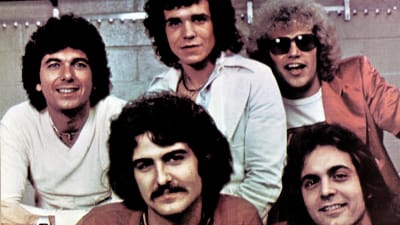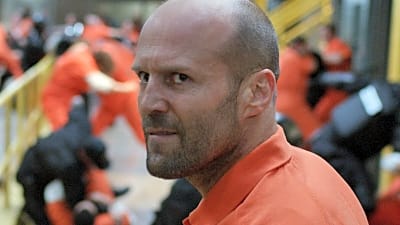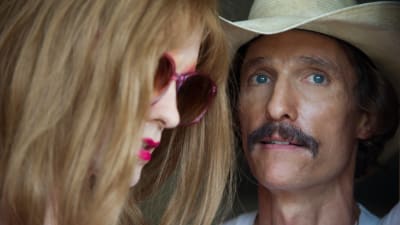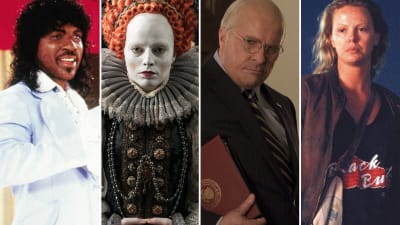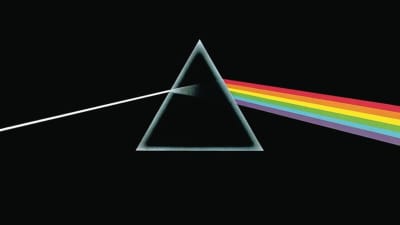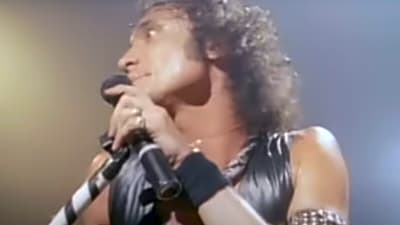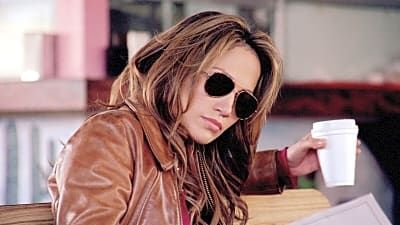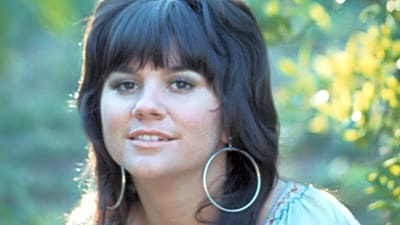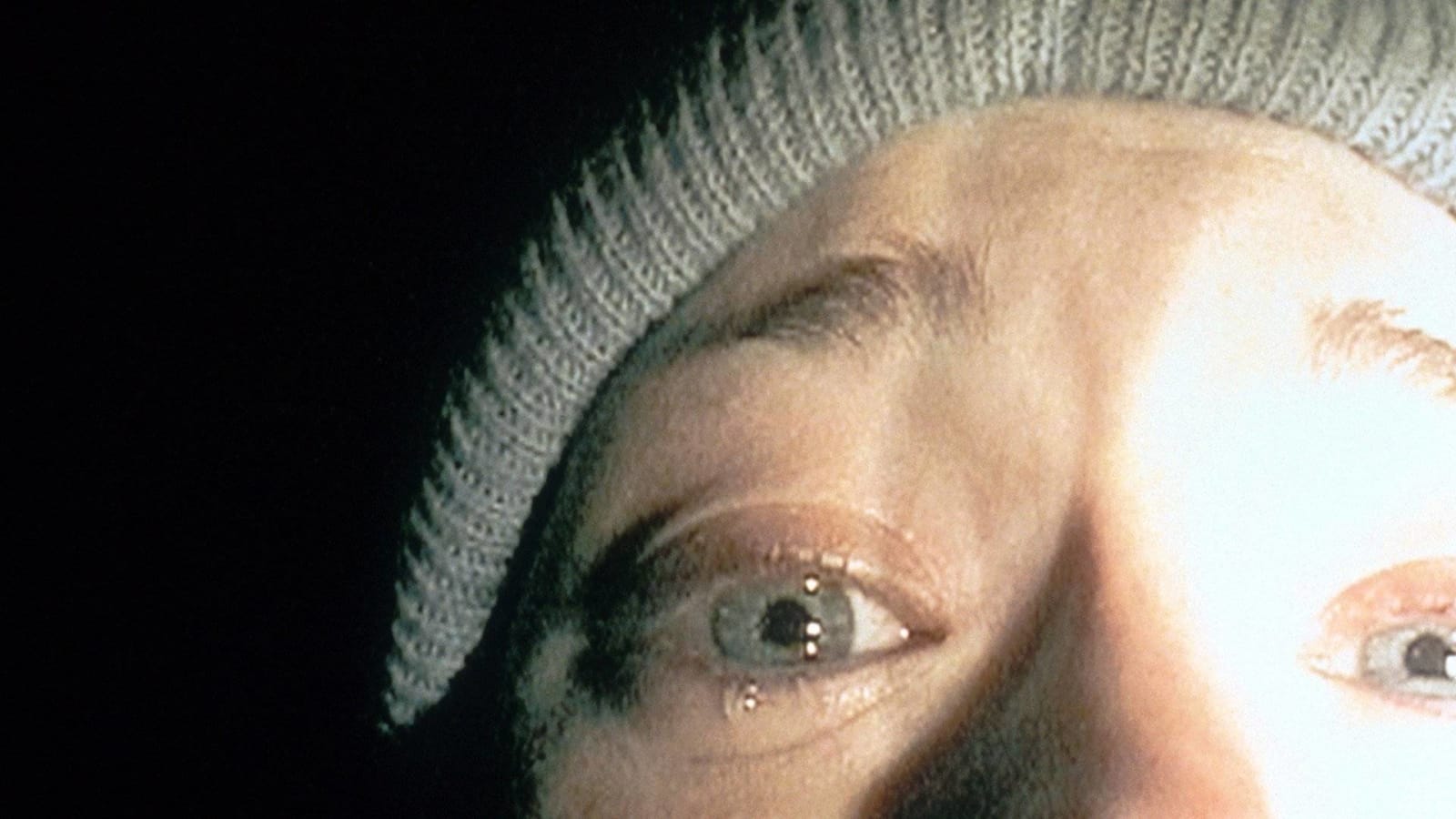
'The Blair Witch Project' had no chance to succeed. Until it did.
“I'm scared to close my eyes. I'm scared to open them. We're gonna die out here.”
Heather Donahue’s panic-stricken face fills three-quarters of the frame. It’s the dead of night deep in the Maryland woods. She’s a tear-smeared, snot-dripping mess. Leaves rustle and twigs snap in the darkness around her. There is something out there with her. It has been stalking Heather and her documentary crew, Josh Leonard and Mike Williams, for days, tormenting them by scattering cairns and stick figurines about their campsite. And now that it has claimed Josh, there is every reason for Heather to believe that it has at last come for her.
Shot on a ragged shoestring budget of $60,000, Daniel Myrick and Eduardo Sánchez’s “The Blair Witch Project” arrived in U.S. theaters on July 14, 1999 bolstered by six months of breathless hype generated by a splashy Sundance Film Festival debut and a groundbreaking online marketing campaign that built up a significant fan base before said fans had seen the actual movie. The mini-major studio Artisan Entertainment ran one of the most brilliantly executed platform release strategies in film history, building buzz via a 27-screen opening before going wide two weeks later and even wider the week after. By the end of its run, “The Blair Witch Project” had grossed $140 million and $248 million worldwide — all this despite the film getting dinged with a disastrous C+ Cinemascore. (Anything lower than a B is typically the kiss of death for a would-be blockbuster.) This divisive reaction continued through awards season. Though the movie was a hit with critics and went on to receive the prestigious Independent Spirit John Cassavetes Award, the Razzies nominated it for Worst Picture and bestowed Donahue with its Worst Actress dishonor. It was as chic to adore “The Blair Witch Project” as it was to hate it.
How did the film go so right and yet so wrong with moviegoers?
The primary issue was the aesthetic. Mainstream audiences were completely unaccustomed to paying full adult admission at their local multiplex for a movie shot on grainy, black-and-white 16mm film and blown-up-to-35mm Hi-8 video. The hand-held documentary approach didn’t help either. Michael Bay was only three films into his career, and Paul Greengrass’s first "Bourne" movie was five years away; though “The Blair Witch Project” is a skillfully edited film (20 hours of footage shaved down to a taut 81 minutes), the catch-as-catch-can jitteriness left many feeling like they’d just watched slapped-together trash. What was stopping them from grabbing a video camera and shooting their own “found footage” masterpiece in their backyard?
Hype was also an issue. “I have seen the new face of movie horror,” declared Peter Travers in his Rolling Stone rave, “And its name is ‘The Blair Witch Project’, a groundbreaker in fright that reinvents scary for the new millennium.” He wasn’t wrong. Found-footage horror movies would take off eight years later with “Paranormal Activity.” But this was 1999, when “reinvention” was being bandied about to describe the next-gen CG of “Star Wars: Episode I - The Phantom Menace.” Digital cinema was all the rage. Mainstream audiences were obsessed with the new hotness. Though the expertly cut trailer promised lo-fi thrills, it was a show-nothing teaser; surely the film had a few eye-popping scares to justify its game-changing rep.
Whereas producer Hal E. Chester famously goosed Jacques Tourneur’s “Night of the Demon” by shooting a literal demon against the mood-over-spectacle maestro’s wishes, Artisan did nothing to violate the scrappy spirit of Myrick and Sánchez’s film. They trusted the singular vision of the filmmakers and, Cinemascore be damned, were rewarded for their artistic fidelity. Though the Blair Witch brand name has proved anything but profitable over the last 20 years (the sequels, “Book of Shadows: Blair Witch 2” and “Blair Witch,” were box-office disappointments), the original is now considered one of the most influential horror movies of all time.
The medium finally caught up to Myrick and Sánchez, and no found-footage movie before or since has come close to capturing the film’s primal, in-the-moment terror (much of which is sold by the unjustly maligned Donahue). It’s every kid’s nightmare come true. What if the scary stories passed down from generation to generation are true? What if there are monsters in the woods? And what if they’re too frightening to comprehend?
More must-reads:
Breaking News
Trending in Entertainment
Customize Your Newsletter
 +
+
Get the latest news and rumors, customized to your favorite sports and teams. Emailed daily. Always free!
